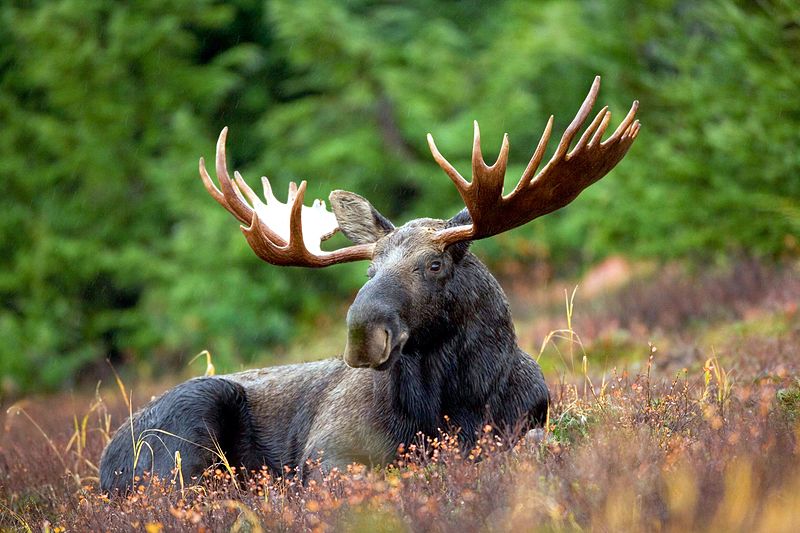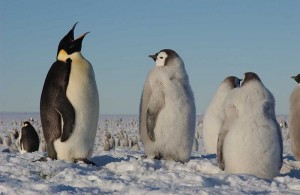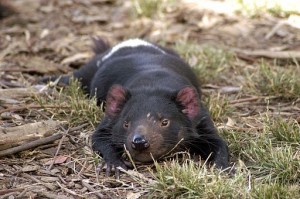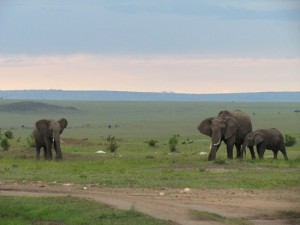Moose Die-Off in North America linked to Climate Change
In all regions across the continent, there is no single cause of the decline, however, they do all appear to be linked by rising temperatures caused by climate change.
 Image: By Hagerty Ryan, U.S. Fish and Wildlife Service [Public domain], via Wikimedia Commons
Image: By Hagerty Ryan, U.S. Fish and Wildlife Service [Public domain], via Wikimedia Commons Following on from last week’s blog about the effects of climate change on caribou, this week I’m reporting on another herbivore that is being adversely affected by our warming planet.
Throughout North America, moose populations are declining. In Minnesota, the die-off is most dire, with ecologists warning that moose could be gone from the state within a decade. Two geographically separate populations are located there, one of which has virtually disappeared, dropping from 4,000 individuals in the 1990s to less than 100 today. The other population is falling by 25% a year, numbering fewer than 3,000 down from 8,000 animals.
In all regions across the continent, there is no single cause of the decline, however, they do all appear to be linked by rising temperatures caused by climate change. Minnesota’s moose appear to be falling victim to parasitic brain worms and liver flukes – as they spend part of their life cycle in snails, they thrive in warmer, moist environments. In Wyoming, a parasite that blocks their carotid arteries seems to be to blame and in New Hampshire, the moose are overcome by tick infestations. Longer autumns and less winter snow results in more ticks, with some moose covered in 100,000 of them, causing the moose to lose so much blood they become anaemic. The moose constantly scratch and tear off large patches of hair, so much so that they are deprived of their warm coats when the rains come in spring and can become hypothermic. The main hosts of ticks, white-tailed deer, are also more likely to survive milder winters. The deer have evolved in ecological balance with ticks and so groom the ticks off. Moose, that have not evolved with ticks, do not. In fact, in Smithers in British Columbia, Canada, a moose that was severely infested with ticks and clearly starving was euthanised after walking into the flower section of a Safeway supermarket.
Also in British Columbia, the decline of moose in the Caiboo Mountains is thought to be linked to the killing of forest trees by an epidemic of pine bark beetle, another species that thrives in warmer weather. The loss of the trees leaves the moose exposed to human and animal predators. But the moose die-off extends beyond North America and is happening all across the southern edge of the species’ global range.
The link to climate change is backed up by research that has shown that moose populations decline more quickly in years with warmer summers. Moose are adapted to the bitter cold of northern climates, and populations further north in Canada and in northern Scandinavia appear to be healthy. But moose in the southern part of their range can become heat-stressed when the weather gets too warm. When temperatures rise above 23 degrees Fahrenheit in winter, as has happened in recent years, moose expend extra energy to stay cool, which can lead to exhaustion and death. Heat stress may also weaken their immune systems, thus making them more susceptible to the parasites that cause them so many problems. This link has already been established for cattle in Africa.
Moose are ecosystem engineers, for example, when they browse shrubs they create habitat for some nesting birds, so their presence is vital. They also bring us benefits, as moose-watching tourism generates millions of dollars for local economies. But autumn is the time when most moose deaths occur, so the next few weeks will give more insight into the impact of climate change on this iconic ungulate.





2 Comments
Really interesting article to read. It would be interesting to know whether the moose populations in the south, which are more at risk of local extinction due to the aforementioned problems, are genetically distinct and contain unique lineages compared to their northern counterparts?
If so, then this could be the basis of more research and hopefully some applicable conservation management of the southern populations.
Glenn
Good point. There are different subspecies throughout North America, such as the Eastern Moose and the Western Moose…but no Southern Moose. There’s also the Alaksa Moose, and it seems that there is worry about the die-off in that state too now
http://www.alaskadispatch.com/article/20131105/massive-moose-die-offs-alaska-next